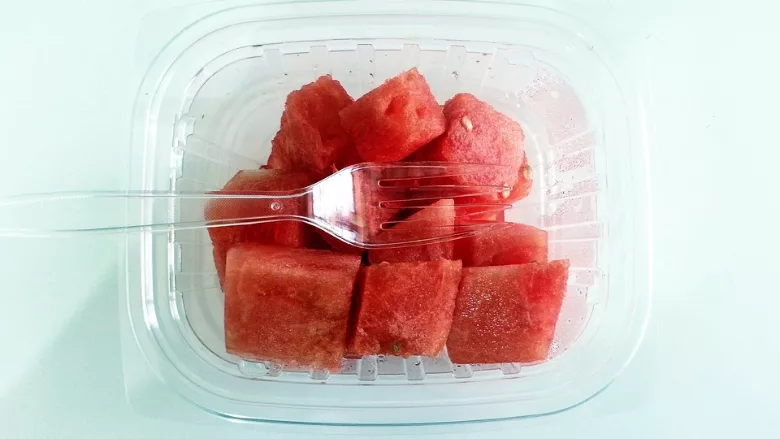Researchers Develop New Quantitative Risk Assessment Model for Foodborne Illness Outbreak Investigations

Credit: MMT (mmt-649797) via Pixabay
Researchers have developed a new quantitative risk assessment model for foodborne illness outbreak investigations to more sufficiently determine the underlying causes of an outbreak and identify actions that could be taken to prevent future outbreaks. A 2019 Salmonella outbreak linked to melons was used as a case study to demonstrate the utility of the risk assessment model.
The model, called the Quantitative Risk Assessment–Epidemic Curve Prediction Model (QRA-EC), was used to evaluate the impact of various root cause hypotheses—representing different contamination sources and food safety system failures in the melon supply chain—on the predicted number and timeline of illnesses.
Root cause analyses of foodborne illness outbreaks have traditionally relied on epidemiological, traceback, and product or environmental testing data collected during outbreak investigations, the researchers stated. However, due to the length of time often needed for data collection and the qualitative nature of collected data, such outbreak investigations do not always yield sufficient information to identify the root cause of an outbreak.
Typically, the researchers explained, qualitative risk assessment models include mathematical descriptions of events in the supply chain for a given food, the food’s impact on pathogen contamination, and the risk posed to consumer populations. As a result, such models of supply chain systems allow for predictions of the risk associated with different situations, whether these are different mitigation strategies, controls, or types of system failures. QRA-EC differs from traditional qualitative risk assessment in that it tracks event and illness timing, using such information to predict an outbreak epidemic curve.
The case study used to demonstrate QRA-EC’s efficacy involved a 2019 Salmonella outbreak linked to precut melons that resulted in 137 reported illnesses and 38 hospitalizations in the U.S. The researchers employed QRA-EC to simulate the precut melon supply chain including processing, post-processing transportation and storage, and consumption, and predicted the associated risk of illness due to consumption of precut melons contaminated with Salmonella.
The QRA-EC included a wide range of scenarios representing different contamination sources and potential food safety system failures in the melon supply chain. The researchers also compared the predicted number of illnesses and timeline of illnesses with the estimated 2019 Salmonella melon outbreak epidemic curve adjusted for underreporting and under-diagnosis. The comparison allowed the researchers to identify which potential causes of the foodborne illness outbreak were most likely to have been the root cause of this outbreak.
To the best of the researchers’ knowledge, QRA-EC applied to the 2019 Salmonella outbreak associated with precut melons is the first qualitative risk assessment model that modifies the traditional modeling framework to include prediction on the epidemic curves associated with the consumption of contaminated food products. By comparing the predicted number of illnesses from various scenarios representing different root cause hypotheses to the estimated outbreak size of the outbreak, the researchers were able to determine that scenarios with Salmonella contamination at certain prevalence and levels on the surface of incoming melons, in combination with insufficient washing of incoming whole melons or scenarios with Salmonella contamination at certain prevalence and levels inside of incoming melons, could have resulted in an outbreak of similar magnitude. Further comparison of the predicted and estimated epidemic curves highlighted the impact of sanitation efficacy of contamination niches on processing equipment, and allowed the researchers to conclude that scenarios with insufficient equipment sanitation were more likely to have resulted in an outbreak with a similar epidemic curve to the 2019 Salmonella melon outbreak.
The researchers express that the QRA-EC framework can be adapted to accommodate any food–pathogen pair, and that the model serves as a new tool in the outbreak investigator's toolbox that complements existing tools.
Looking for quick answers on food safety topics?
Try Ask FSM, our new smart AI search tool.
Ask FSM →









